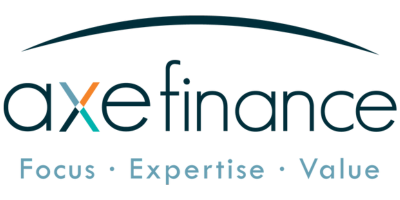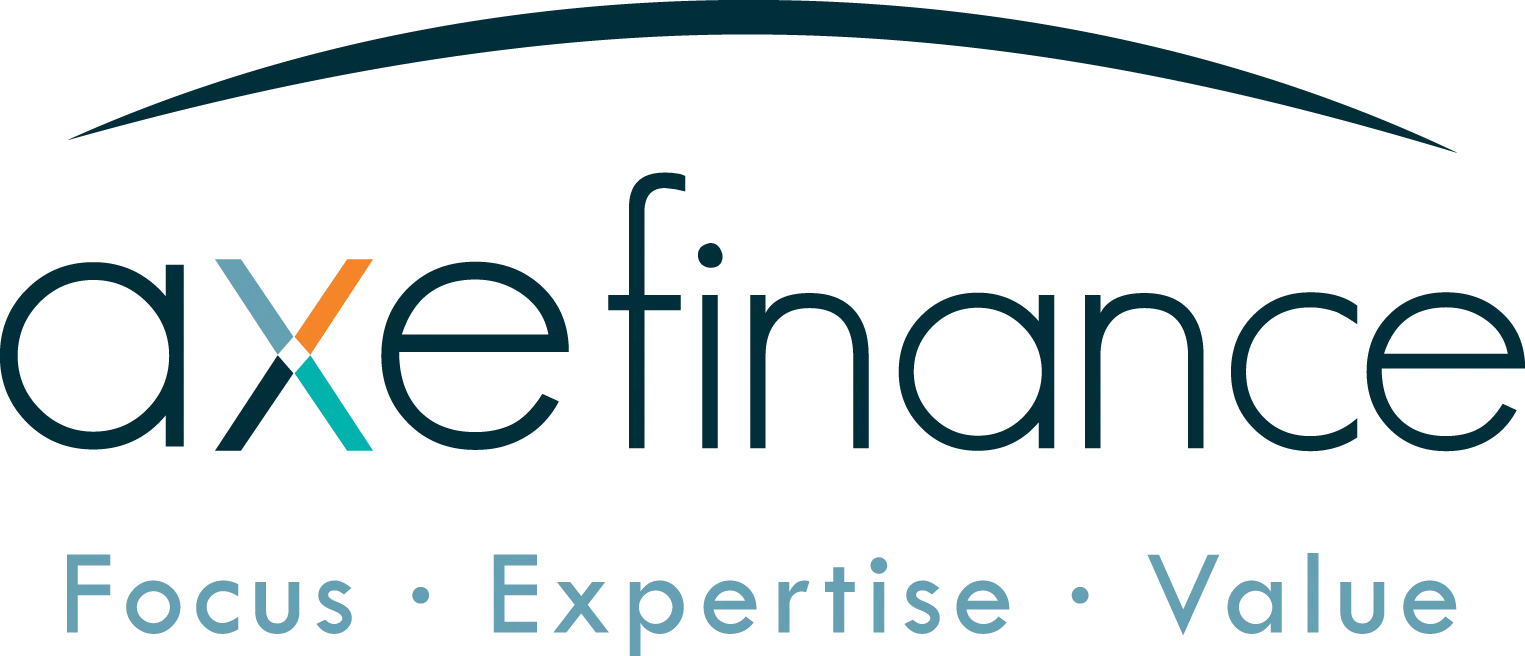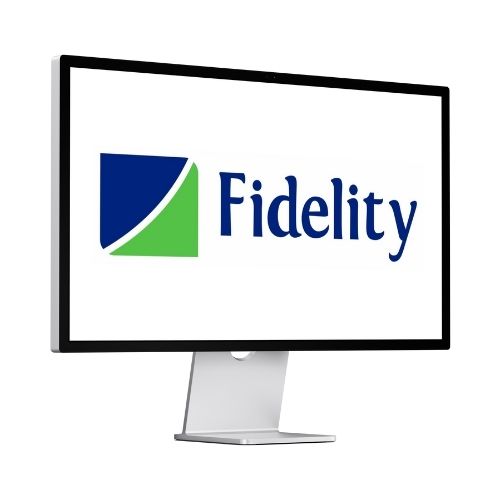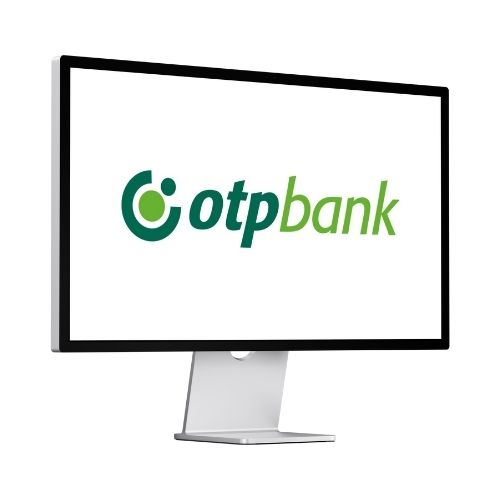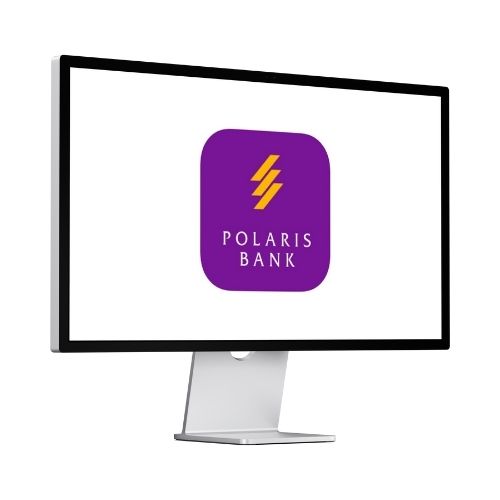AI In Lending: Why Now ?
Regional Scale Meets Data Density
ASEAN lenders are operating at unprecedented scale: Bangkok Bank reported total assets of THB 4.55 trillion for FY2024; Vietcombank’s assets surpassed VND 2 quadrillion in 2024; Bank Mandiri closed 2024 at ~IDR 2,427 trillion in assets and reached ~IDR 2,515 trillion by June 2025; Maybank’s group assets were around RM 1.08 trillion at end-2024; and BDO Unibank disclosed PHP 4.9 trillion in assets with gross customer loans at ~PHP 3.23 trillion. With instant payments, QR interoperability, merchant acquiring telemetry, and open-banking style data flows growing across the region, there’s finally enough behavioural signal to justify AI-first credit processes.
What AI Changes—Practically
- Speed without blind spots: OCR and data orchestration cut spreading time from days to minutes, while agentic AI follows policies step-by-step (document checks, bureau hits, fraud screens) before escalating edge cases to humans.
- Richer affordability: cash-flow models ingest account, IPS, and acquirer data; thin-file borrowers can be scored with explainable alternative features.
- Portfolio resilience: real-time EWS watchlists trigger limit reviews, hardship options, and collections playbooks when signals deteriorate.
Financial Spreading With OCR: From Paper To Features
What Good OCR Looks Like For Credit
- Multi-format ingestion: bank statements, tax returns, invoices, audited financials (PDF/image) → structured tables.
- Semantic validation: line-item cross-checks (e.g., turnover vs VAT declarations), outlier flags, and variance explanations.
- Feature extraction: ratios (DSCR, EBITDA margin, inventory days), volatility, customer concentration, and seasonality—ready for scorecards.
Why It Matters For ASEAN Leaders
Scale amplifies manual pain. Bank Mandiri—Indonesia’s largest by assets—handles a vast corporate and SME pipeline; its 2024 assets reached ~IDR 2,427 trillion, with consolidated loans near ~IDR 1,671 trillion. Vietcombank’s outstanding loans approached ~VND 1.5 quadrillion in 2024. Automating spreading and normalising statements across jurisdictions (ID/VN/TH/PH/MY) gives underwriters clean, comparable inputs at speed.
How ACP’s OCR Stack Helps
- Document AI + templates: trained on local formats (bank statements, audited sets) with automatic field confidence and exception routing.
- Credit-ready outputs: normalised financials feed ACP’s spreading module and scorecards without spreadsheet gymnastics.
- Audit trails: every extraction step is logged for model governance and regulator review.
Loan Origination With Agentic AI
From Rules To Agents
Traditional LOS rules struggle with the variability of real documents and edge-case applicants. Agentic AI decomposes origination into tasks (collect → verify → score → price → approve) and autonomously executes them under policy constraints, escalating exceptions to credit officers. Result: faster time-to-yes, fewer reworks, higher straight-through rates—without loosening risk appetite.
What An Agent Does During Origination
- Collects KYC/KYB docs, bank statements, and tax filings; runs OCR and validation.
- Verifies data (bureaux, blacklists, device risk, merchant IDs) and reconciles inconsistencies.
- Scores applicants using challenger scorecards (bureau + bank + alternative data).
- Prices dynamically by risk, collateral, and funding cost curves.
- Approves/conditions per policy, then triggers disbursement and initial EWS flags.
Where This Lands Commercial Value
- Bangkok Bank: at THB 4.55 trillion assets (FY2024), even a small lift in STP rates reduces cycle time and operating cost across a large loan book.
- Maybank: with group assets around RM ~1.08 trillion in 2024 and record FY24 net profit of RM 10.09 billion, agentic origination can sharpen cost-to-serve while keeping compliance tight.
- BDO Unibank: with PHP 4.9 trillion in assets and loans of ~PHP 3.27 trillion (Dec 2024), automation reduces rework across its large distribution network.
Credit Risk Management: Predictive, Explainable, Real Time
Data To Decisions
Modern credit needs both predictive lift and regulatory explainability. ACP’s scoring and decisioning combine bureau, bank account flows, IPS/wallet signals, and merchant acquiring trends. For Vietcombank—assets > VND 2 quadrillion and loans near VND 1.5 quadrillion—granular, explainable features (cash-flow volatility, seasonality, buyer concentration) help segment prime vs near-prime SMEs without blunt cut-offs.
Collections And Loss-Given-Default
- Behavioural triggers: IPS inflow drop ≥30% WoW, invoice delays, dispute spikes → outreach playbook.
- AI-assisted strategies: channel sequencing (SMS → app push → agent), promise-to-pay prediction, and hardship routing.
- LGD controls: collateral updates and dynamic workout options aligned to macro and segment stress.
Early Warning Systems (EWS)
Signals That Matter
- Cash-flow deterioration: rolling 4–8 week income volatility, seasonality break, or merchant sales slump.
- Payment stress: minimum-payment ratios rising, BNPL stacking, short-term refinancing.
- External stress: sector shocks (commodities), FX moves (exporters), or policy actions.
Policy Context In The Region
EWS design must reflect local policy. In Thailand, authorities tightened scam safeguards in 2025, including daily transfer caps (e.g., THB 50,000 tiers for vulnerable users with higher limits post-verification), compressing response windows for fraud and mule activity. These measures ripple into lender disbursement and repayment controls—EWS must be T+0.
Where Each Bank Can Win With ACP
Bangkok Bank (Thailand)
- Public Context: Assets of THB 4.55 trillion in 2024; large corporate/SME franchise; regional footprint.
- Potential Challenges: heterogenous borrower documentation, time-consuming spreading, and manual exception handling.
- ACP fit: OCR-native spreading, agentic origination to pre-clear routine cases, and portfolio EWS tuned to Thai scam-risk policies for faster limit reviews.
Vietcombank (Vietnam)
- Public Context: Assets > VND 2 quadrillion (2024); loans ~VND 1.5 quadrillion.
- Potential Challenges: thin-file SMEs outside big cities; different accounting styles across segments.
- ACP fit: explainable alternative-data features, auto-normalised financials, and EWS tuned to export-linked FX exposures.
Bank Mandiri (Indonesia)
- Public Context: Assets ~IDR 2,427 trillion (2024), rising to ~IDR 2,515 trillion (Jun 2025); consolidated loans ~IDR 1,671 trillion (2024).
- Potential Challenges: high-volume SME/corporate funnels; policy drives to channel fresh credit quickly; fraud rings exploiting fast payments.
- ACP fit: agentic AI to compress time-to-cash with hard policy guardrails; EWS to align with government-led lending expansion while maintaining NPL discipline.
Maybank (Malaysia/Singapore/Regional)
- Public Context: Group assets ~RM 1.08 trillion (2024); FY24 net profit RM 10.09 billion.
- Potential Challenges: multi-market compliance and document diversity; enterprise-grade governance requirements.
- ACP fit: cross-market policy orchestration, challenger scorecards by country, and granular audit trails for model governance.
BDO Unibank (Philippines)
- Public Context: Resources/Assets ~PHP 4.88–4.9 trillion (2024); gross customer loans ~PHP 3.2+ trillion.
- Potential Challenges: huge retail footprint, documentation heterogeneity, and collections scale.
- ACP fit: OCR to standardise inputs at source, agentic origination to reduce manual touches, and EWS to prioritise high-yield collections efforts.
Implementation Playbook
- Data & Consent: secure feeds (bureau, bank, IPS, acquirer) with explicit borrower consent and retention windows per jurisdiction.
- OCR First Mile: deploy document AI on top five statement types; target ≥95% field-level accuracy with human-in-the-loop for exceptions.
- Challenger Scorecards: run A/B scorecards (traditional vs cash-flow/alternative) with reject inference and reason codes.
- Agentic LOS: codify policy as tasks; allow agents to auto-collect evidence, request clarifications, and escalate rule breaches.
- EWS & Collections: define trigger packs (cash-flow drop, dispute surge, FX hit); link to event-driven workflows and hardship logic.
- Controls & Audit: model registry, data lineage, and approvals; produce regulator-ready model documentation and performance reports.
Risk & Compliance Considerations
Governance You’ll Actually Use
- Explainability: ACP produces reason codes and feature contributions for every decision.
- Bias checks: periodic parity tests and outcome monitoring across protected attributes where applicable.
- Operational resilience: fallbacks for OCR, bureau outages, and IPS connectors; replay queue with idempotent re-processing.
Measuring Success
KPIs That Tie To P&L
- Spreading efficiency: median processing time (target: –70% vs baseline).
- Origination throughput: straight-through approvals (target: +10–20 pp without PD drift).
- Risk outcomes: early-delinquency rate at 30/60 DPD (target: flat or lower post-AI), roll-rate containment.
- Collections yield: cure rates and net recoveries (target: +5–10% with EWS playbooks).
- Unit economics: cost-to-book and cost-to-serve down vs control cohorts.
How Axe Credit Portal Connects The Dots
Decisioning, Spreading, And EWS—In One Stack
- Scoring & Decisioning: bureau + bank + alternative-data strategies, challenger scorecards, risk-based pricing.
- AI-Based Lending: agentic origination, policy automation, explainable approvals.
- Loan Servicing & Collections: event-driven workflows, hardship options, and model-driven outreach.
- Early Warning System: configurable triggers, prioritised queues, and portfolio-level dashboards.
Conclusion
AI is the operating system for modern lending in Southeast Asia. OCR collapses the distance from document to decision; agentic LOS makes policy executable at scale; EWS guard portfolios in real time. For banks like Bangkok Bank, Vietcombank, Bank Mandiri, Maybank, and BDO Unibank—each stewarding multi-trillion-unit balance sheets in local currency—the opportunity is to grow faster and safer by converting raw data into decisions with audit-ready governance. ACP was built for exactly this juncture: speed where it’s safe, controls where it counts, and measurable uplift across origination, risk, and collections.
